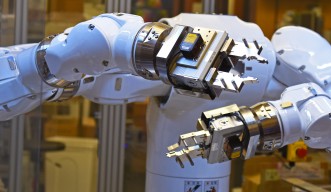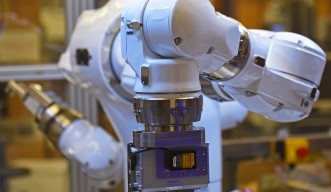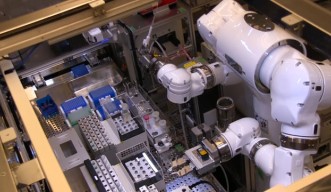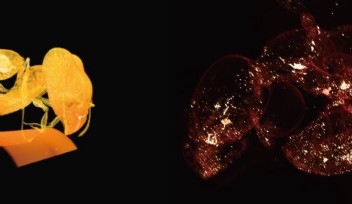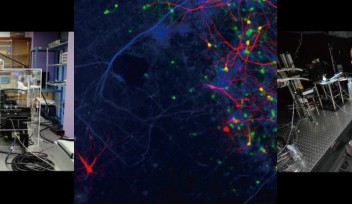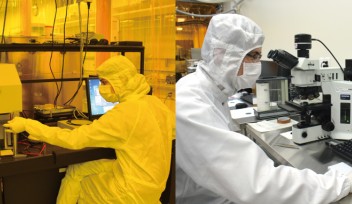Lending a Robotic Hand
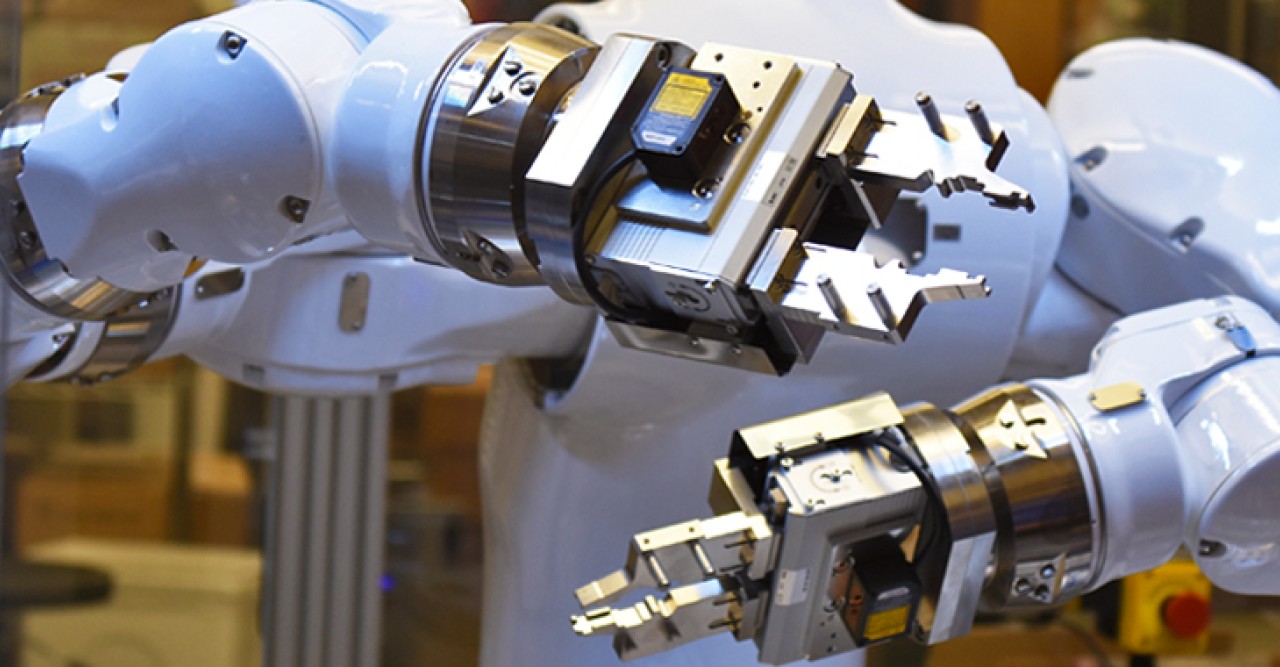
Reliable data are the cornerstones of science: on them it is possible to build the cathedral of knowledge. From this perspective, the preparation of samples from biological material represents a challenge. “The issue is consistency in samples,” said Alejandro Villar-Briones, assistant manager in the Instrumental Analysis Section at the Okinawa Institute of Science and Technology Graduate University (OIST). “This issue is linked with the human factor: each researcher/technician is different, and even after years of training, to prepare samples for biological analysis is always hard. Repeating the same procedure for hundreds of times, for example DNA, RNA, or protein extraction, is a process which is bound to create differences in the final samples” The problem grows when it is an inexperienced researcher doing the lab work: techniques and protocols require time to be mastered. Time that is not always available in the contemporary world of science.
To answer these challenges, a new sample preparation robot has recently been installed at OIST. “Our goal is to assist OIST scientists in producing high quality research that is based on extremely carefully prepared samples,” Villar-Briones said. “The robot will not necessarily be faster than a technician. It will, however, be more consistent in the preparation of samples than an experienced technician. Furthermore, the robot can work at any time of the day and during week-ends, thus effectively overcoming the limitations of being slower.”
The quality of the samples is particularly important when researching rare proteins, as the concentration of such biological molecules is extremely low. Researchers want to confirm their findings, and so they need to be sure that a specific molecule is present in as many samples as possible in repeated experiments. Furthermore, the robot will reduce the mistakes and thus the waste of valuable and scarce biological material. “Some of the research materials are very rare and difficult to collect many times again,” Villar-Briones explained. “That is the kind of sample you do not want to waste.”
The robot has a vaguely anthropomorphic figure, with two powerful and incredibly flexible arms that can each lift 10kg in any direction. This remarkable power is necessary to assure precision over extensive periods of time. This design allows the implementation of a vast diversity of protocols, including the use of a pipet, a centrifuge, a sonicator, an evaporator and other common devices on a lab bench. The robot is now in its final testing phase, and it represents an important present and future asset for the OIST research community.










